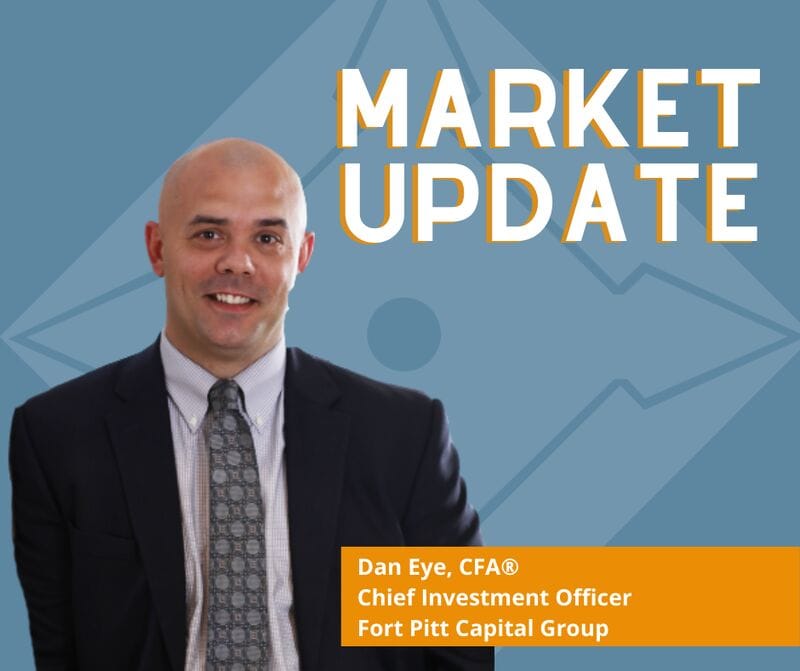Aging Population and Healthcare Spending Boost Pharmaceutical and Insurance Sectors, Says Expert
The confluence of an aging population and escalating healthcare expenditures is paving the way for robust growth in the pharmaceutical and healthcare insurance sectors

The confluence of an aging population and escalating healthcare expenditures is paving the way for robust growth in the pharmaceutical and healthcare insurance sectors. Dan Eye, Chief Investment Officer of Fort Pitt Capital Group, emphasizes that these trends create a solid foundation for the future success of these industries.
A Demographic Shift
As the global population ages, the demand for healthcare services is reaching unprecedented levels. This demographic shift is primarily driven by the baby boomer generation, which is now entering its senior years. According to the United Nations, the number of people aged 60 years and older is expected to double by 2050, from 962 million in 2017 to 2.1 billion. This surge in the elderly population necessitates increased medical attention, fostering a favorable environment for pharmaceutical companies.
Rising Healthcare Spending
In tandem with an aging population, healthcare spending is on the rise. The Centers for Medicare & Medicaid Services (CMS) projects that national health expenditures will grow at an average annual rate of 5.4% from 2019 to 2028, reaching $6.2 trillion. This growth is attributed to several factors, including advancements in medical technology, higher demand for healthcare services, and increased insurance coverage.
Dan Eye of Fort Pitt Capital Group underscores that these dynamics create a strong fundamental backdrop for pharmaceutical companies and healthcare insurers. "With more people requiring medical care and spending on healthcare consistently rising, the sectors are poised for substantial growth," Eye explains.
Pharmaceutical Companies: Innovating for an Aging Population
Pharmaceutical companies are capitalizing on these trends by focusing on developing treatments and medications tailored to the needs of the elderly. Chronic conditions such as heart disease, diabetes, and arthritis are prevalent among older adults, prompting pharmaceutical firms to invest heavily in research and development.
Innovations in biotechnology and personalized medicine are also playing a crucial role. Companies are exploring new therapies that offer more effective and targeted treatments, improving patient outcomes and quality of life. The increased emphasis on innovation and R&D ensures that pharmaceutical companies remain at the forefront of the healthcare sector's evolution.
Healthcare Insurance: Adapting to Changing Needs
Healthcare insurers are also adapting to the changing landscape by expanding their coverage options and services. With the growing demand for healthcare services, insurers are offering comprehensive plans that cater to the diverse needs of an aging population. This includes coverage for long-term care, chronic disease management, and preventive services.
Moreover, insurers are leveraging technology to enhance their services. Telemedicine, remote monitoring, and digital health platforms are becoming integral components of insurance plans, providing policyholders with greater access to care and improving overall efficiency.
A Promising Future
The combined effect of an aging population and rising healthcare spending is creating a promising future for the pharmaceutical and healthcare insurance sectors. Companies that can effectively address the needs of an older demographic and adapt to the evolving healthcare landscape are well-positioned for sustained growth.
Dan Eye concludes, "The healthcare industry is undergoing a significant transformation. Those who can innovate and meet the increasing demand for medical services will thrive in this evolving environment. The strong fundamental backdrop provided by demographic and economic trends makes the pharmaceutical and healthcare insurance sectors attractive for investors looking for long-term growth opportunities."
As the world grapples with the challenges of an aging population, the pharmaceutical and healthcare insurance industries are poised to play a pivotal role in ensuring the well-being of millions, making them sectors to watch in the coming years.





